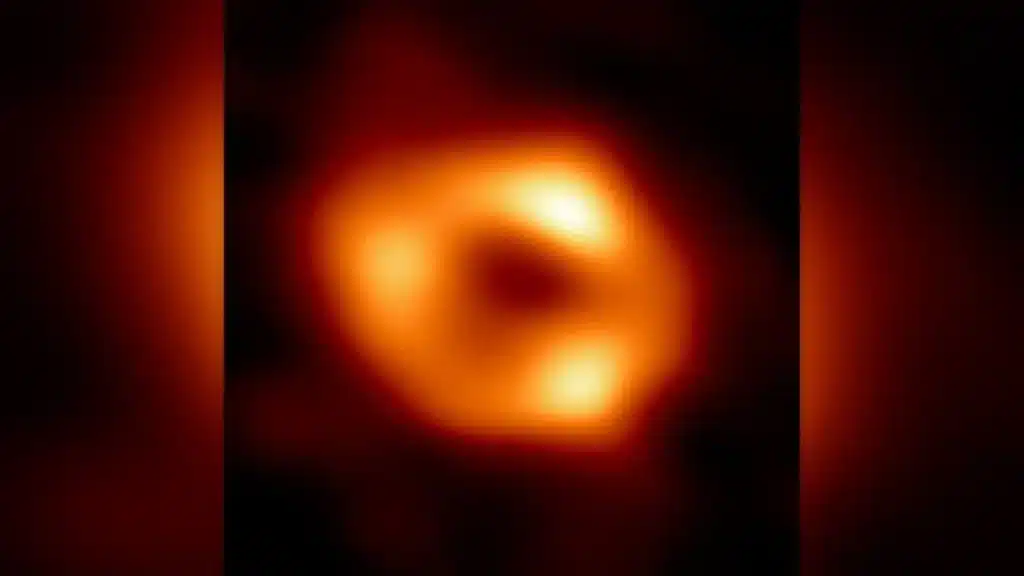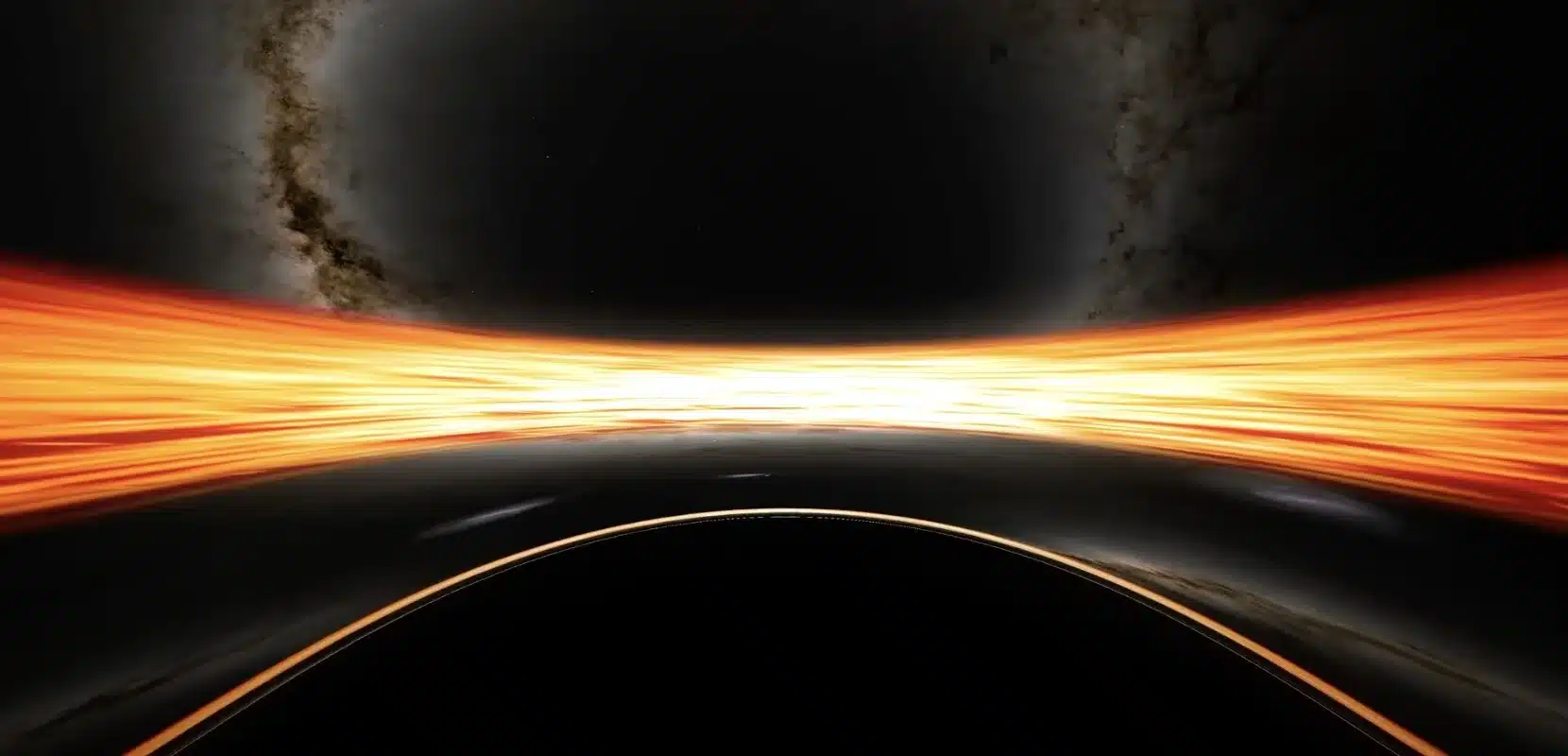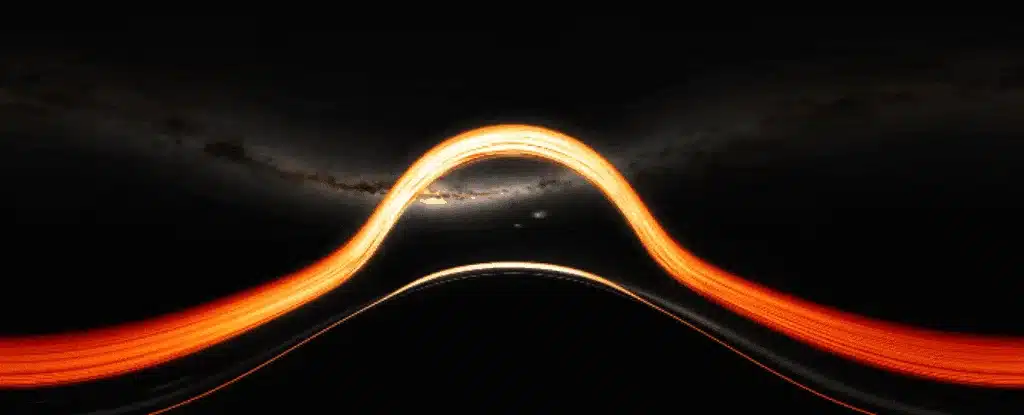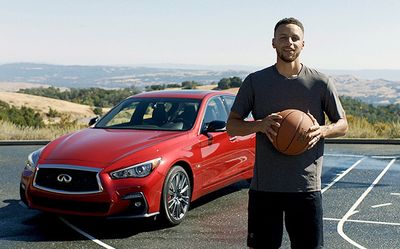NASA uses supercomputer to create video showing what it’s like to fall into a black hole
- NASA supercomputer recreated POV of falling into a black hole
- A process known as ‘spaghettification’ happens
- And it takes just 12.8 seconds for it to destroy whatever goes inside
Published on May 09, 2024 at 5:52 PM (UTC+4)
by Amelia Jean Hershman-Jones
Last updated on May 10, 2024 at 1:18 PM (UTC+4)
Edited by
Tom Wood
In a POV you never knew you needed, a NASA supercomputer has recreated what it looks like to fall into a black hole.
Not only does it make for mind-bending viewing, but it also bends everything physically via a process known as ‘spaghettification’.
And it takes just 12.8 seconds to destroy whatever is unfortunate enough to be sucked inside the black hole.
READ MORE! Cambridge scientist believes faraway planet has ’50/50′ chance of alien life
“Once the camera crosses the horizon, its destruction by spaghettification is just 12.8 seconds away,” a NASA scientist involved said.
‘Spaghettification’ is an effect that, per NASA, ‘essentially stretches out the object more and more as the object gets closer to the black hole, creating a long, thin shape’.
The simulation uploaded to YouTube, shows the POV once beyond the event horizon of a supermassive black hole that nothing – not even light – can escape.
The simulated supermassive black hole is equivalent to one that sits at the center of our Milky Way galaxy.

It’s roughly 4.3 million times the mass of the sun, with the black hole’s event horizon measuring around 25 million kilometers (16 million miles).
Scientists discover a ginormous black hole ‘extremely close’ to Earth that is 33 times bigger than the Sun.
The organization, based at Goddard Space Flight Center in Maryland, employed a supercomputer to create the unprecedented visualization.
The Discover supercomputer worked on the project, which amounted to 10 terabytes of data, for five days.
Jeremy Schnittman, an astrophysicist at NASA’s Goddard Space Flight Center, who was behind the visualizations made a statement.
“People often ask about this, and simulating these difficult-to-imagine processes helps me connect the mathematics of relativity to actual consequences in the real universe,” he said.

“So I simulated two different scenarios, one where a camera – a stand-in for a daring astronaut – just misses the event horizon and slingshots back out, and one where it crosses the boundary, sealing its fate.”
So what can we see? First up, it’s fast. In fact, the speed of the camera entering the black hole almost reaches the speed of light.
As the camera enters the black hole where space-time is warped, orange and yellow photon rings that surround it are distorted.

However, when the camera reaches the black hole’s center, everything goes black as the camera hits a one-dimensional point, known as a singularity.
This is the point at which ‘spaghettification’ occurs, per Dr Schnittman.
The process totals just 12.8 seconds.
In other black hole discoveries, scientists discovered a body of water in a black hole 30 billion trillion miles away.
These and other discoveries only add to the apparent sudden interest in exploring deep space and the search for alien life – which seem to be hotting up with Elon Musk making a statement on what he will do if SpaceX encounters aliens.
DISCOVER SBX CARS: The global premium car auction platform powered by Supercar Blondie

London-based Amelia cut her journalistic teeth covering all things lifestyle, wellness, and luxury in the UK capital. Fast-forward a decade and the senior content writer and editor has put pen to paper for glossy magazines, busy newsrooms, and coveted brands. When her OOO is on from writing about cars and heading up on-site SEO you can find her spending quality time with her young family, in the gym, or exploring the city she loves.




